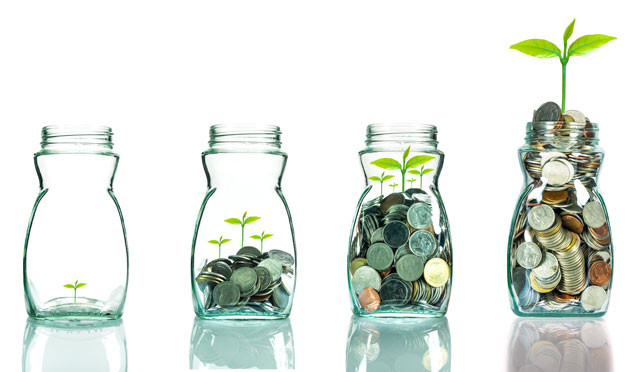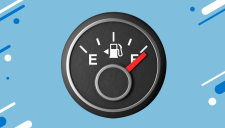Make money by saving your money

Last updated on 13th December, 2017 at 10:17 am
Learn how to use the superpower of compound interest – and see how simple it can be to make your money grow.
We all know what interest is – the percentage of money earned on the savings you put in (ie lend) the bank or financial institution – but what is compound interest? Let’s investigate…
Compound interest: working for you
Basically, if you give me R100 and I offer you 10% interest over a year, then at the end of the year I’ll give you R10 (10%, or a tenth of 100) on top of your initial R100, so you will now have R110. If you leave that money with me for another year at 10% interest, then this is where compound interest kicks in, because you’ll be getting 10% on R110, instead of just 10% on the original R100. So at the end of the next year, your R110 will have grown to R121. Then the following year it will be R134, and the next R147. This is the positive effect of compound interest; your money is growing exponentially over time.
Inflation: working against you
By contrast, inflation has the opposite, negative effect and is defined as a percentage of depreciation (devaluing) against an asset – or, in this case, your money. Inflation is an economic market force – so if inflation is high, then the price of food, transport and general living costs all go up, which is why all governments try to keep inflation as low as possible. (As of March 2015, the SA inflation rate was at 3.9%.) You’ll probably hear older people talk about how, when they were young, they used to go out for a meal at a restaurant and to the movies – and still have change from a R10 note! The increase in prices over time is inflation, and it means that your rand today doesn’t buy as much as it used to buy. For the last couple of years, inflation has hovered at about 5% annually in SA, so let’s use that as the example. We’ll compare the negative force of inflation to the positive force of compound interest in the previous example. If you took the same R100 and stashed it in a jar in the cupboard, because of inflation (5% per year) your R100 will only be worth R95 at the end of the year (as opposed to R110 in the savings example). If you don’t do anything with your money – ie don’t save or invest – it will be worth less and less over time, as the cost of living gets higher and higher.
Saving: where to start?
As our compound interest example shows, saving and investing will allow you to accumulate wealth for bigger purchases down the line, like a house or a car, your child’s education, that dream holiday or retirement. It also guards against surprise expenditure like an accident or illness in the family. But where do you start? There are so many options, it can be bewildering. Choosing the right savings option will help you earn the best return on your money, and meet your short-term and long-term financial needs.
By Paul Kerton
Want to learn more?
We send out regular emails packed with useful advice, ideas and tips on everything from saving and investing to budgeting and tax. If you're a Sanlam Reality member and not receiving these emails, update your contact details now.
Update Now







